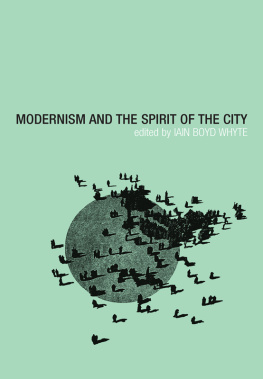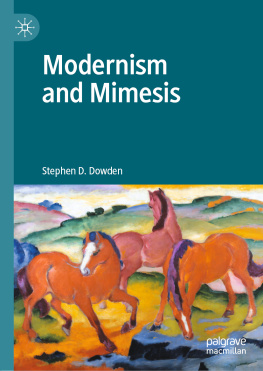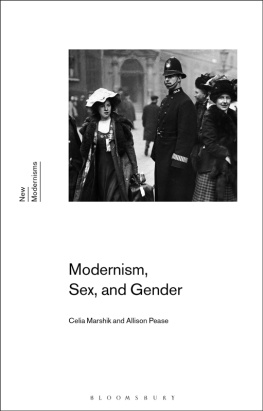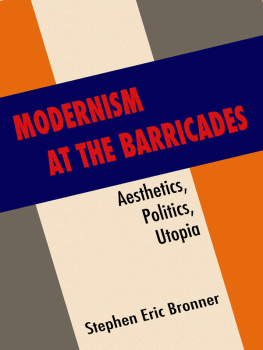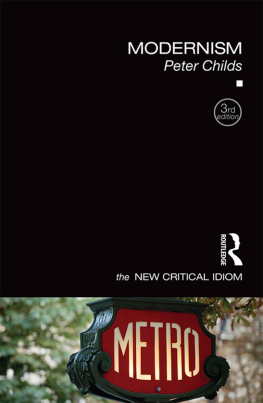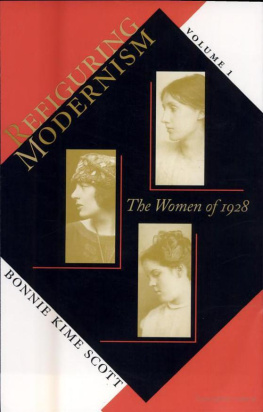Feminist Perspectives on The Past and Present Advisory Editorial Board
Lisa Adkins, University of The West of England, UK
Harriet Bradley, University of Sunderland, UK
Barbara Caine, University of Sydney, Australia
Sara Delamont, University of Wales College of Cardiff, UK
Mary Evans, University of Kent at Canterbury, UK
Gabriele Griffin, Nene College, UK
Jalna Hanmer, University of Bradford, UK
Maggie Humm, University of East London, UK
Sue Lees, University of North London, UK
Diana Leonard, University of London, UK
Terry Lovell, University of Warwick, UK
Maureen McNeil, University of Birmingham, UK
Ann Phoenix, University of London, UK
Caroline Ramazanoglu, University of London, UK
Sue Scott, University of Manchester, UK
Janet Siltanen, University of Edinburgh, UK
Dale Spender, Australia
Penny Summerfield, University of Lancaster, UK
Martha Vicinus, University of Michigan, USA
Claire Wallace, University of Lancaster, UK
Christine Zmroczek, Roehampton Institute of Higher Education, UK
Difference in View:
Women and Modernism
Edited by
Gabriele Griffin
UK Taylor & Francis Ltd, 4 John St., London WCIN 2ET
USA Taylor & Francis Inc., 1900 Frost Road, Suite 101, Bristol, PA 19007
Selection and editorial material copyright Gabriele Griffin, 1994
All rights reserved. No part of this publication may be reproduced,stored in a retrieval system, or transmitted, in any form or by anymeans, electronic, mechanical, photocopying, recording, orotherwise, without permission in writing from the Publisher,
First published 1994
This edition published in the Taylor & Francis e-Library, 2005.
To purchase your own copy of this or any of Taylor & Francis or Routledge's collection of thousands of eBooks please go to www.eBookstore.tandf.co.uk.
A Catalogue Record for this book is available from the BritishLibrary
ISBN 0-203-21779-9 Master e-book ISBN
ISBN 0-203-27341-9 (Adobe e-Reader Format)
ISBN 0 7484 0134 2
ISBN 0 7484 0135 0 (pbk)
Library of Congress Cataloging-in-Publication Data are available onrequest
for Hanna Zielke
a modern/ist woman
Acknowledgments
The contributors and editor would like to thank all those who supported the making of this volume. Specifically, Penelope Kenrick would like to thank Susan Hiller for granting permission to reproduce some of her work and for providing copies of that work. Katharine Cockin would like to acknowledge Dr. Clare Hanson for reading the manuscript of her chapter; Margaret Weare, custodian of the Ellen Terry Memorial Museum, and the National Trust for permission to quote from documents in the Edith Craig archive at the Ellen Terry Memorial Museum. Nikki Goode Shaughnessy wishes to thank Robert Shaughnessy, Treva Broughton and Nicole Ward for their support. Joss West-Burnham would like to thank Betty Princep, a colleague who many years ago introduced her to the Carolyn Heilbruns work and to the writings of Vita Sackville-West and the participants of the 1991 Gender and Modernism conference at Nene College who helped her to clarify some of her ideas. Finally, Gabriele Griffin would like to thank Katia Stieglitz of the Artists Rights Society, New York, for granting permission to reproduce Leonora Carringtons paintings Femme et Oiseau and The Inn of the DawnHorse; Sylvia Hardy for conversations on modernism, support and help with the Gender and Modernism conference in 1991, as well as enjoyable years of co-teaching the Edwardians and Moderns course at Nene College; Nene College itself for supporting this project by granting remission from teaching and for facilitating the hosting of the Gender and Modernism conference in 1991. Special thanks-are also due to Comfort Jegede and Anthony Levings of Taylor and Francis for their editorial support.
Introduction
Gabriele Griffin
When you are writing before there is an audience anything written is as important as any other thing and you cherish anything and everything that you have written. After the audience begins, naturally they create something, that is they create you, and so not everything is so important, something is more important than another thing, which is not true when you were you that is when you were not you as your little dog knows you.
(Gertrude Stein, 1990)
Modernism as Audience Effect
The audience effects Gertrude Stein talks about here, the notions that (1) identity whether personal or artisticis not essential, but socially constructed (by the audience), and that (2) it operates on the basis of selectivity (something is more important than another thing), constitute major issues for feminism (Hollway, 1992; Rothfield, 1990). This is apparent in the context of modernism, definitions of which have been subject to the scrutiny of feminist critics at a time when modernism as a concept was already under debate, begins with the following assertions.
Looking back from the late twentieth century, we can see the arts of the period 19101930 as having a clear cultural identity to which the term Modernist can reasonably be applied, although it was not a term used at the time. The characteristics of this movement, which affected all the arts and many countries, [
(Faulkner, 1986, p. 13)
The assertion in the last sentence, of course, depends on who is looking and what that person is looking for. Faulkner does not register any selfconsciousness about himself as audience. As a white, middle-class, professional male he assumes (expressed through the use of the first person plural we) a consensual community of readers who will concur in his representation of modernism. Both by his admission and in terms of Steins comments, modernism is partly an audience effect rather than something essential, as epitomized (with one exceptionVirginia Woolf) by the boys. This is an indication of the looking-glass function that artistic production may have for its audience. The audience wants to see reflected what it desires. Narcissism rules. Boys will see boys, especially if they look like themselves.
Misfits
This, of course, does nothing for those who do not fit the image. Predictably, for example, Faulkner (1986, p. 13) writes of D.H. Lawrence, who was not quite middle class (at least not at the beginning of his career) that Lawrence, in particular, can be seen as defining a characteristically independent position. The presentation of modernism as possessing a clear cultural identity is thus immediately undercut by the difference here ascribed to Lawrence. Indeed, proclamations of the specificity of modernism meet the resistance of difference already present in the work of modernist artists and writers in the form of fragmentation and tensions expressed as competing truths. This is as evident in W.B. Yeatss famous lines Things fall apart; the centre cannot hold (


